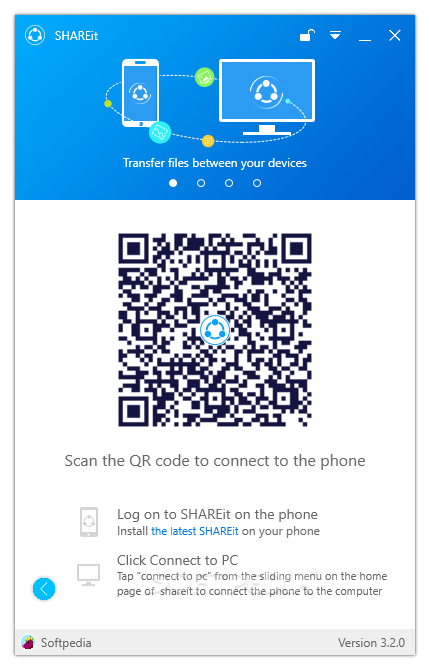

Not all available scanning apps will show users the website linked to the code.

Only once you come close up to the code can you see whether it’s been taped over. In public places, QR codes can be pasted over or otherwise manipulated: Anyone scanning these codes runs the risk of being directed to a problematic URL, and it’s difficult to tell at first glance whether or not you’ve being misled. Lastly, QR codes also have the potential for security risks. Placement on moving objects, such as a vehicle, makes scanning impossible. In such cases, QR codes can quickly turn into a gimmick and users will not interact with the codes.įurthermore, a QR code must be placed in a static, stationary location so that the graphic can be read. The many options may tempt you to use QR codes even when they make little sense. In conjunction with other apps, QR codes can be used with augmented reality technologies.


You can even print it and place it in a picture frame for the front of your office. Include it in your email signature (learn how to create an email signature that links to your business card), on social media posts, or brochures or flyers. Once saved to your phone or computer, you can place your QR code anywhere. You can also save your digital business card’s QR code as an image. They will instantly receive your digital business card on their phone and will have all your contact information at their fingertips. To share your virtual card using a QR code, have the other person aim their phone’s camera at your code. With HiHello you can create and customize a digital business card, and then share your card using its unique QR code. Their easy-to-use, touch-free nature makes using QR codes a no-brainer during a time where we don’t want to, well, touch anything. QR codes are everywhere these days-they take the form of menus at restaurants, payment tools at convenience stores, and as a means to share contact information on mobile apps.


 0 kommentar(er)
0 kommentar(er)
